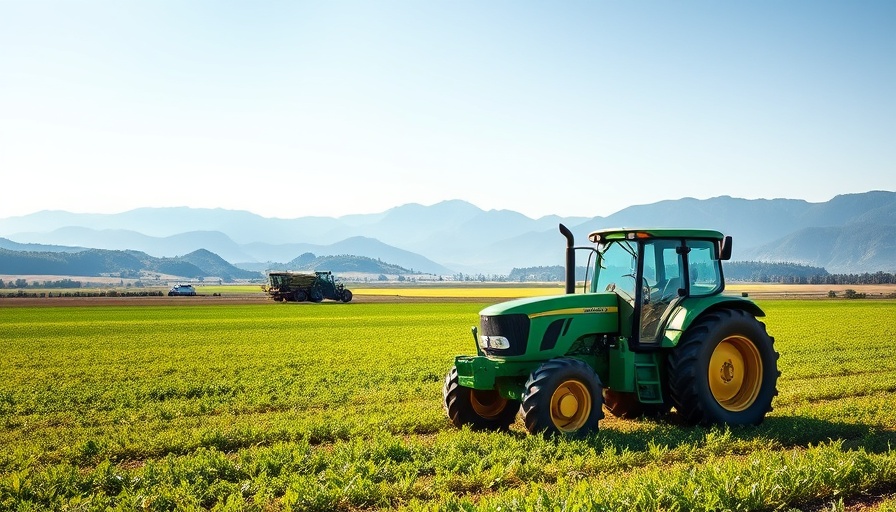
The Complexity of California's Summer Harvest Landscape
As California’s summer harvest season begins, a cloud of confusion and uncertainty looms over the fields. The agricultural sector, primarily driven by extensive labor needs, faces an alarming labor shortage amidst fluctuating state policies and federal regulations. Furthermore, the ongoing impacts of climate change have led to unpredictable weather patterns, complicating the process as farmers scramble to manage their crops and ensure a successful yield.
Labor Shortages and Policy Challenges
With the Biden administration’s evolving immigration policies, farmers are feeling the pinch of reduced labor availability. The agricultural industry has heavily relied on immigrant workers, particularly through programs like the H-2A visa. However, recent limitations and delays in the visa processing have left many farmers with insufficient hands to harvest crops, leading to potential wastage and economic losses. The implications of these labor shortages extend beyond immediate harvesting needs; they raise critical questions about the sustainability of food supply chains.
Economic Implications for Farmers
The repercussions of these challenges translate directly into economic consequences for both local farmers and consumers. Reports indicate that labor shortages could lead to increased prices at the grocery store, as farmers are forced to offset higher operational costs caused by diminished labor supply. Additionally, with inflation already straining pockets across America, the compounding costs could further exacerbate food insecurity among vulnerable populations.
The Political Landscape Affecting Agriculture
The current scenario also exemplifies the intricate relationship between politics and agriculture. Farmers often find themselves at the mercy of legislative decisions made in Congress, where partisan divides complicate bipartisan solutions. Issues such as climate change policy, immigration reform, and agricultural subsidies sway the agricultural economy's fate. The tension between state and federal regulations can lead to inconsistencies that challenge farmers' planning and operational capabilities.
Future Predictions: Navigating Uncertainty
As we look ahead, experts warn that the challenges facing California’s agriculture are likely just the beginning. Changing weather patterns driven by climate change may increasingly influence harvest cycles and crop viability. Farmers need to adopt more resilient practices, which could require substantial investment and support from both the government and private sectors. Solutions may include investing in technology for agriculture, evolving crop varieties, and collaborative practices that bolster sustainable growth.
Conclusion: Actions for Stakeholders
As professionals in agriculture and related fields, it is crucial to stay informed about the evolving landscape affecting harvest seasons. Engaging with policymakers, advocating for fair labor practices, and incorporating sustainable practices into farming can help mitigate some of the uncertainties. In doing so, stakeholders can actively shape their industry’s future in an era marked by rapid change. Therefore, let's foster discussions that address these pertinent issues, ensuring that agriculture can thrive amid uncertainty.
 Add Row
Add Row  Add
Add 




Write A Comment